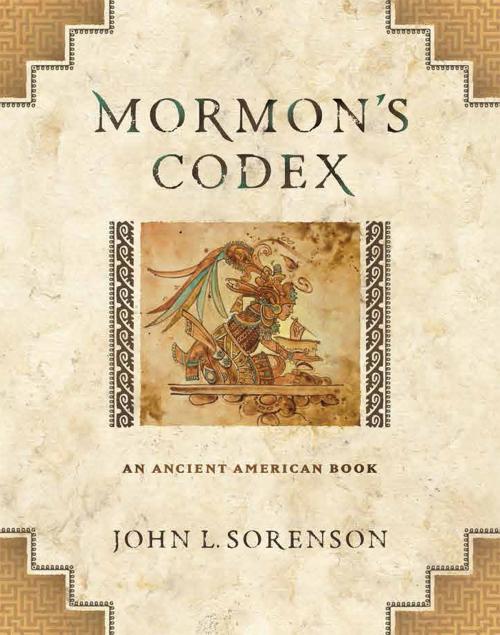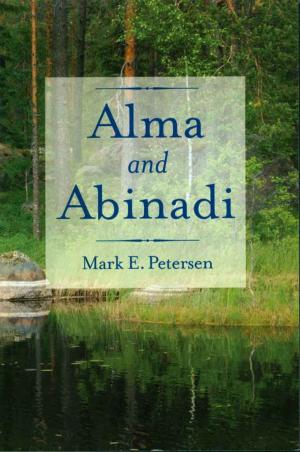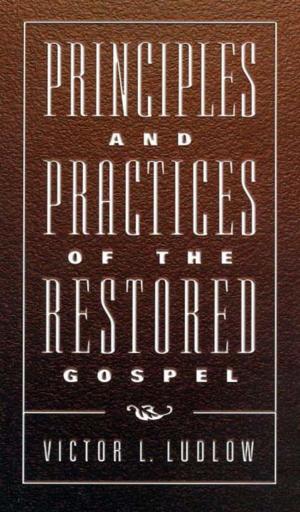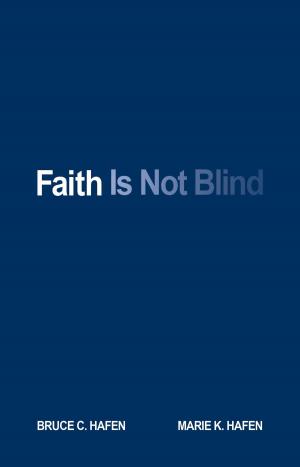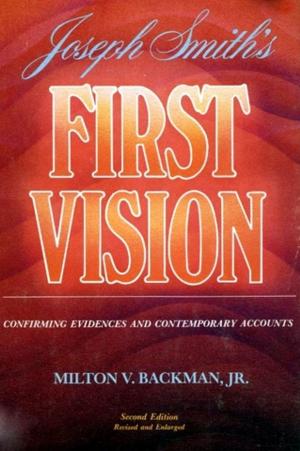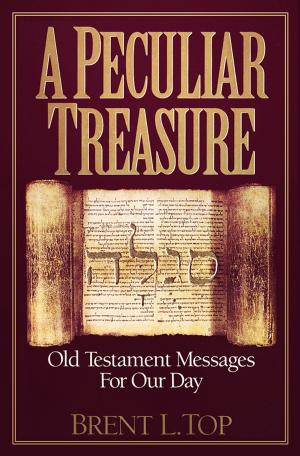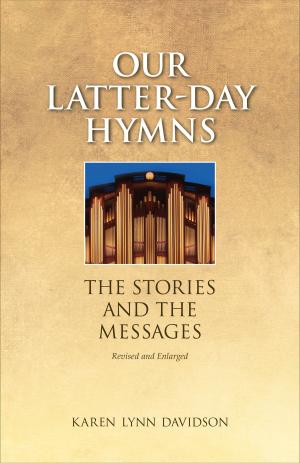| Author: | John L. Sorenson | ISBN: | 9781609077297 |
| Publisher: | Deseret Book Company | Publication: | September 21, 2014 |
| Imprint: | Deseret Book Company | Language: | English |
| Author: | John L. Sorenson |
| ISBN: | 9781609077297 |
| Publisher: | Deseret Book Company |
| Publication: | September 21, 2014 |
| Imprint: | Deseret Book Company |
| Language: | English |
Here Sorenson reveals that the Book of Mormon exhibits what one would expect of a historical document produced in the context of ancient Mesoamerican civilization. He also shows that scholars’ discoveries about Mesoamerica and the contents of the Nephite record are clearly related. Indeed, Sorenson lists more than 400 points where the Book of Mormon text corresponds to characteristic Mesoamerican situations, statements, allusions, and history.
Are we to simply suppose that mere coincidence can account for similarities of this magnitude? The parallels are too striking and too sweeping to answer in the affirmative. Even the greatest savant of the early 19th century—let alone a marginally literate frontier farm boy—could not possibly have produced a volume as rich in Mesoamericana as the Book of Mormon.
The only format in which a record such as the Book of Mormon could have been preserved is that of a native Mesoamerican book, referred to by scholars as a codex. According to the record itself, the text was compiled by a man named Mormon, who lived in the Mesoamerican isthmus area in the late fourth century. Mormon passed the record to his son Moroni, who survived him by more than 35 years and made modest additions to the text.
A significant contribution to the fields of Book of Mormon studies and Mesoamerican studies, Mormon’s Codex is John Sorenson’s magnum opus. It contains copious explanatory material, extensive footnotes, over 1,300 bibliographical references, illustrations, an appendix, and detailed maps. This long-awaited volume will appeal to informed general readers, archaeologists, and scholars alike
Here Sorenson reveals that the Book of Mormon exhibits what one would expect of a historical document produced in the context of ancient Mesoamerican civilization. He also shows that scholars’ discoveries about Mesoamerica and the contents of the Nephite record are clearly related. Indeed, Sorenson lists more than 400 points where the Book of Mormon text corresponds to characteristic Mesoamerican situations, statements, allusions, and history.
Are we to simply suppose that mere coincidence can account for similarities of this magnitude? The parallels are too striking and too sweeping to answer in the affirmative. Even the greatest savant of the early 19th century—let alone a marginally literate frontier farm boy—could not possibly have produced a volume as rich in Mesoamericana as the Book of Mormon.
The only format in which a record such as the Book of Mormon could have been preserved is that of a native Mesoamerican book, referred to by scholars as a codex. According to the record itself, the text was compiled by a man named Mormon, who lived in the Mesoamerican isthmus area in the late fourth century. Mormon passed the record to his son Moroni, who survived him by more than 35 years and made modest additions to the text.
A significant contribution to the fields of Book of Mormon studies and Mesoamerican studies, Mormon’s Codex is John Sorenson’s magnum opus. It contains copious explanatory material, extensive footnotes, over 1,300 bibliographical references, illustrations, an appendix, and detailed maps. This long-awaited volume will appeal to informed general readers, archaeologists, and scholars alike
